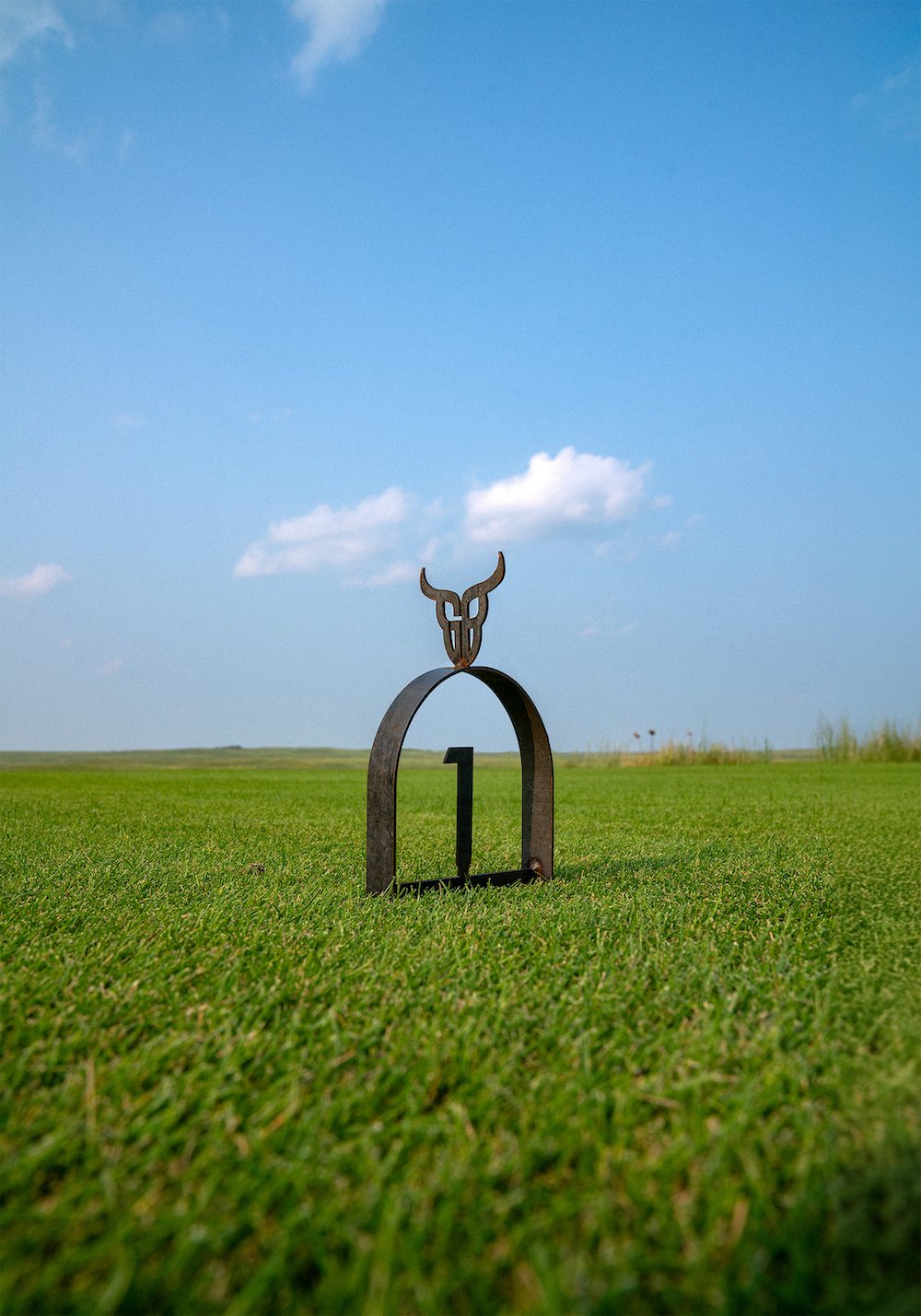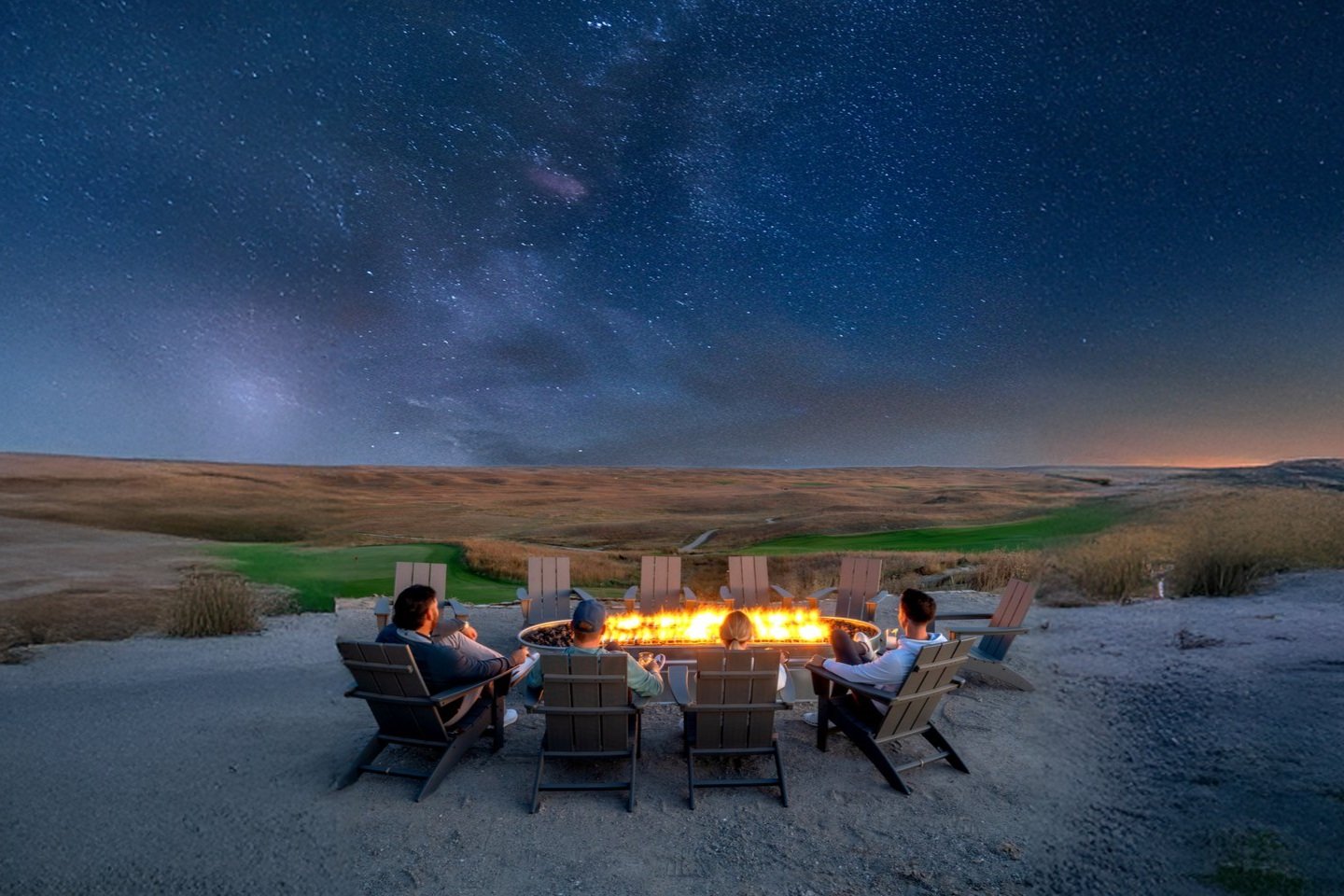Bandon Dunes' Architect Reveals the Secrets About Making a Great Course
By Derek Duncan • Golf Digest • August 7, 2024
Architect David McLay Kidd is well-suited to take on our latest "Ask An Architect" question. The Scotsman burst into the profession when he built the first course at Bandon Dunes for developer Mike Keiser in the late 1990s.
Over the course of his career he’s had his share of other great sites like Gamble Sands in Washington, Mammoth Dunes at Sand Valley and, most recently, GrayBull in the sand hills of Nebraska, opened this summer. He’s also had his share of less than stellar sites like The Castle Course in St. Andrews and Tributary in Idaho.
Q: I want to ask you about the correlation of great natural sites to great courses, but first, how do you define a great site? What are the characteristics in your mind?
Kidd: The first thing that jumps to mind is sand. If the site doesn’t have sand, it becomes more difficult to build regardless of any other issue. It might be the most compelling landscape on planet earth but if it’s covered in rock, it’s going to be expensive and difficult to build.
Sand is like the perfect ingredient for golf, the elixir of life for a golf course architect. If you can have sand and then also a compelling landscape around it, that would be the double whammy, the perfect scenario. Think of all the courses that are in your America’s 100 Greatest Courses list that are sand in a compelling landscape, regardless of if they’re on the beach or not. There are plenty of top 100s that are in sand but are not on the beach. The entire Mornington Peninsula in Australia (the courses around Melbourne)—none of those courses are on the beach, yet they’re all in compelling landscapes in sand. Muirfield in Scotland is not on the beach but is in sand.
GrayBull in Nebraska…holy sh*t. In my entire career I’ve never worked on a site where it was that easy to build a golf course. The topography was better than perfect. Sand everywhere. There were no impediments. I was just dreaming golf. There were a thousand options for every hole, and you just had to pick one. And I guarantee you the one you pick was going to be good. Could it be better? Maybe. Could it be worse? Probably not.
That’s the genius of Bill Coore, in particular. He’s spent almost his whole career being patient and willing to wait until he gets a great sand site in a compelling landscape. I’m patient, but not entirely that patient.
Q: So, given that standard, how important is a great site to creating great architecture?
Kidd: Essential. If it’s not sand, and if it’s not a compelling landscape, almost no amount of money can overcome it, though there are outliers. If you can start with a perfect site—sand in a compelling landscape—you’re already starting with an eight or a nine. You should be able to build at least an equal golf course.
Read the full article published on golfdigest.com.











